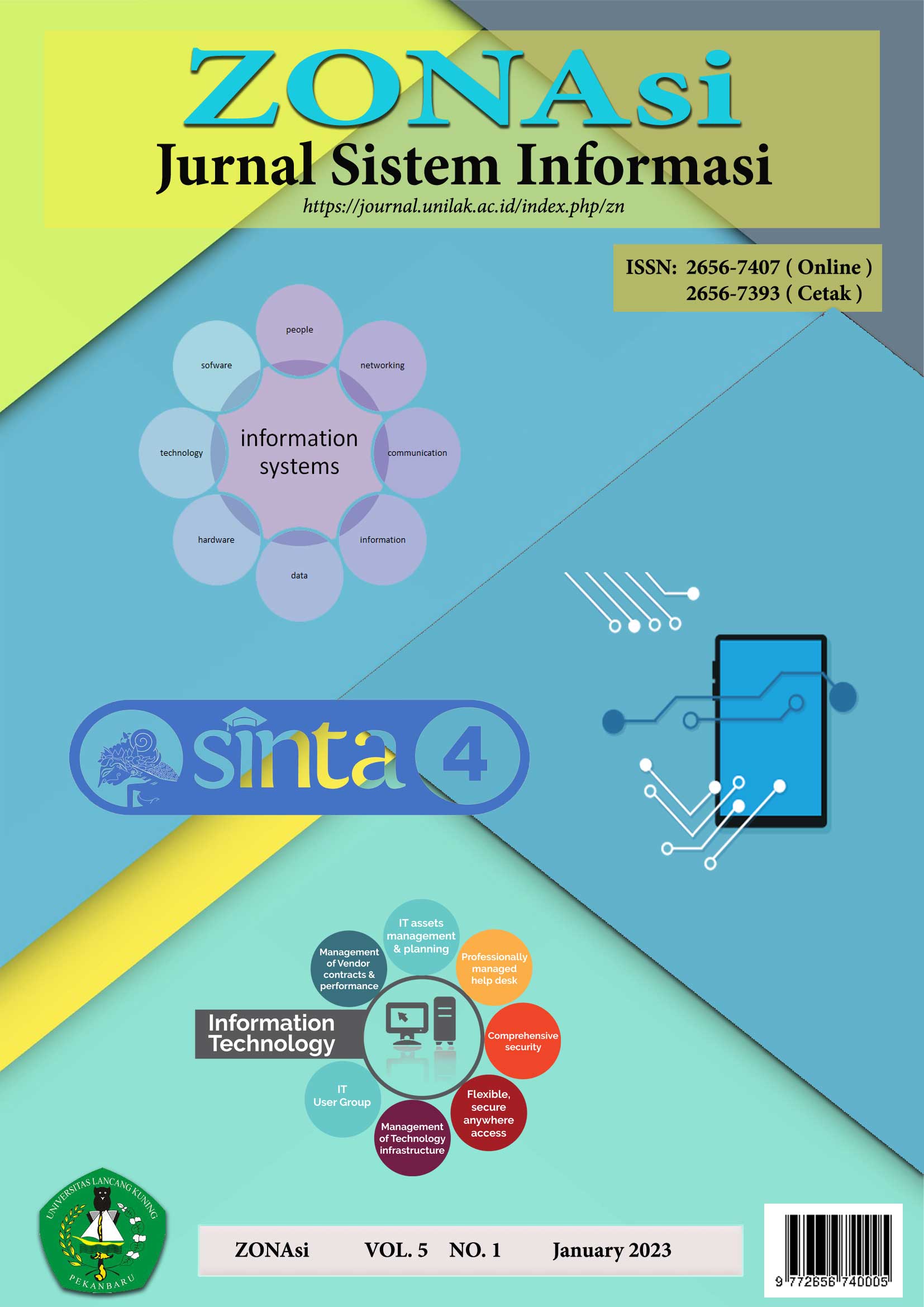IMPLEMENTASI KNOWLEDGE MANAGEMENT SYSTEM PADA CERITA RAKYAT INDONESIA
Abstract
Culture is the intellectual, spiritual, and aesthetic development of a group of people. Indonesia has a very rich cultural diversity, one of which is folklore. Folklore is a story of the past that describes the cultural characteristics of a nation. However, the current development, the dissemination, delivery, and storage of Indonesian folklore is fading and decreasing. In fact, every knowledge in folklore has benefits that have a positive impact, especially in the dissemination or sharing of Indonesian moral values and cultural norms. In the midst of the development of information technology today, the condition of the folklore makes the role of the application to help in contributing to improve the situation that occurs from Indonesian folklore. The problem that has occurred until now is the limited application of collaborative media in the process of delivering, disseminating, and storing existing knowledge, resulting in the process of sharing knowledge being hampered. To solve these problems, in this study a Knowledge Management System (KMS) was created. This KMS was developed with web-based Web 2.0 technology. This KMS was also developed with a feature that can provide traffic information that is useful for showing information from each user activity. With this KMS, the knowledge sharing process runs effectively and the knowledge shared by each user is more collaborative and provides the development of new knowledge.



 In English
In English

